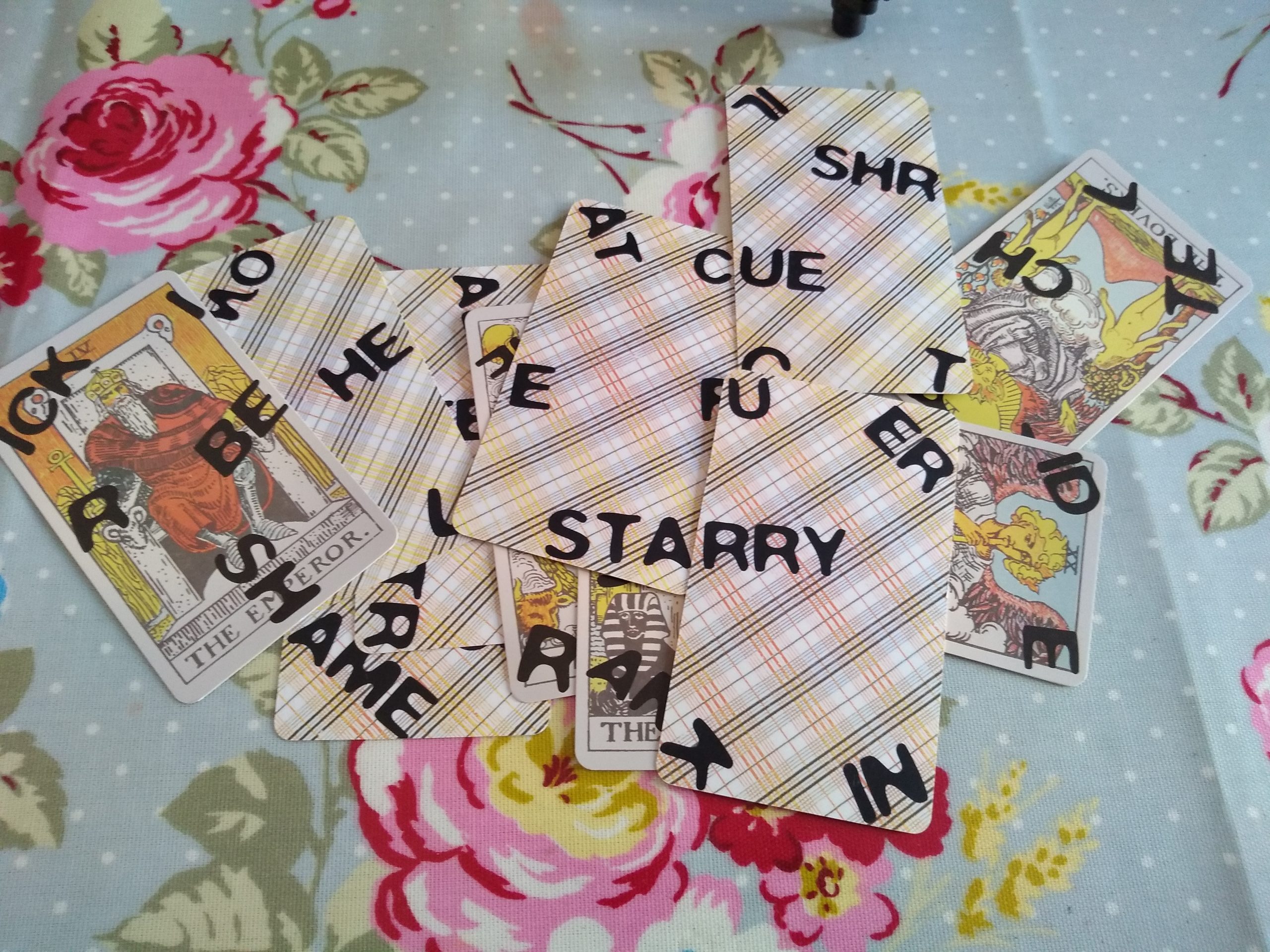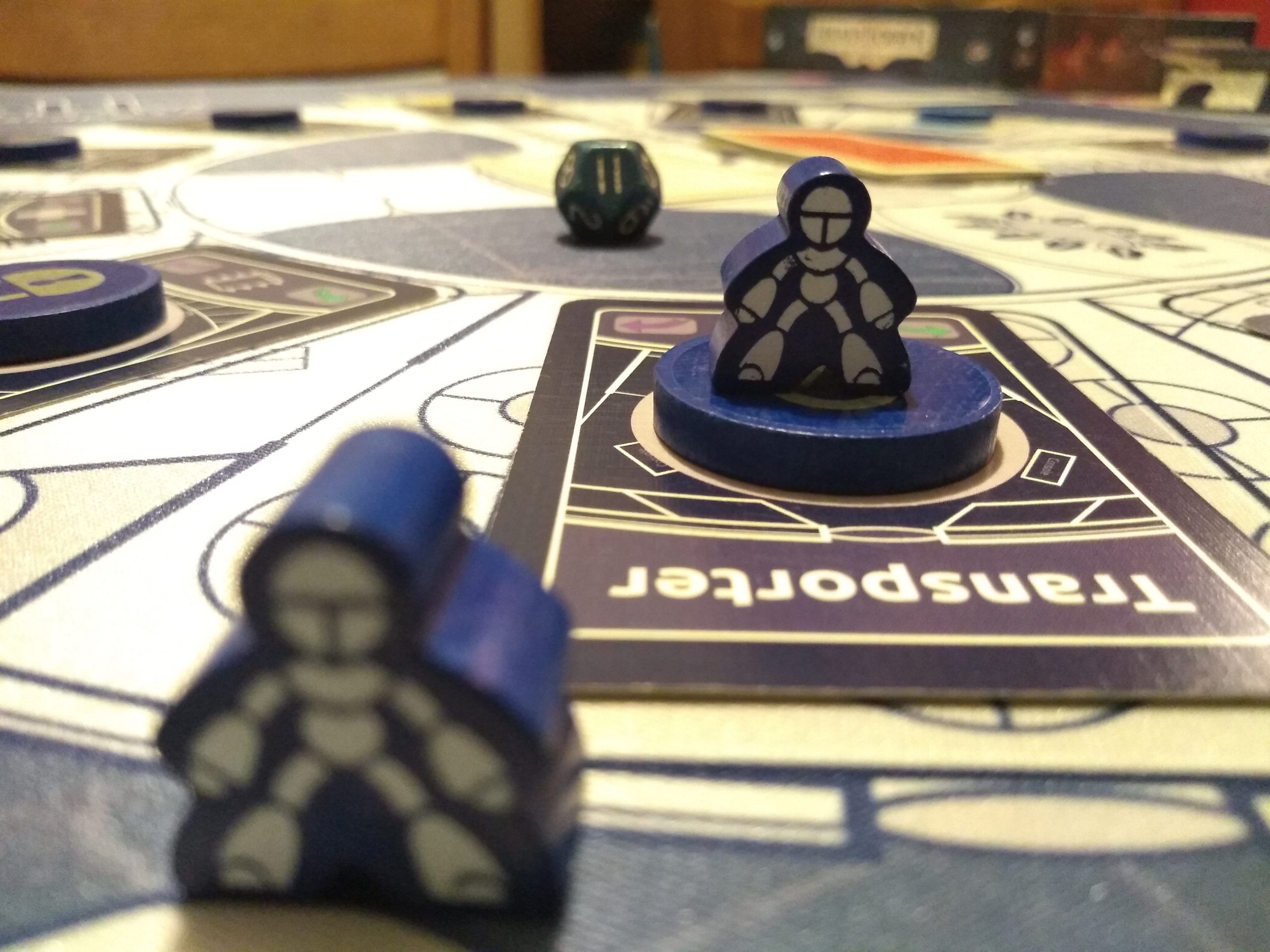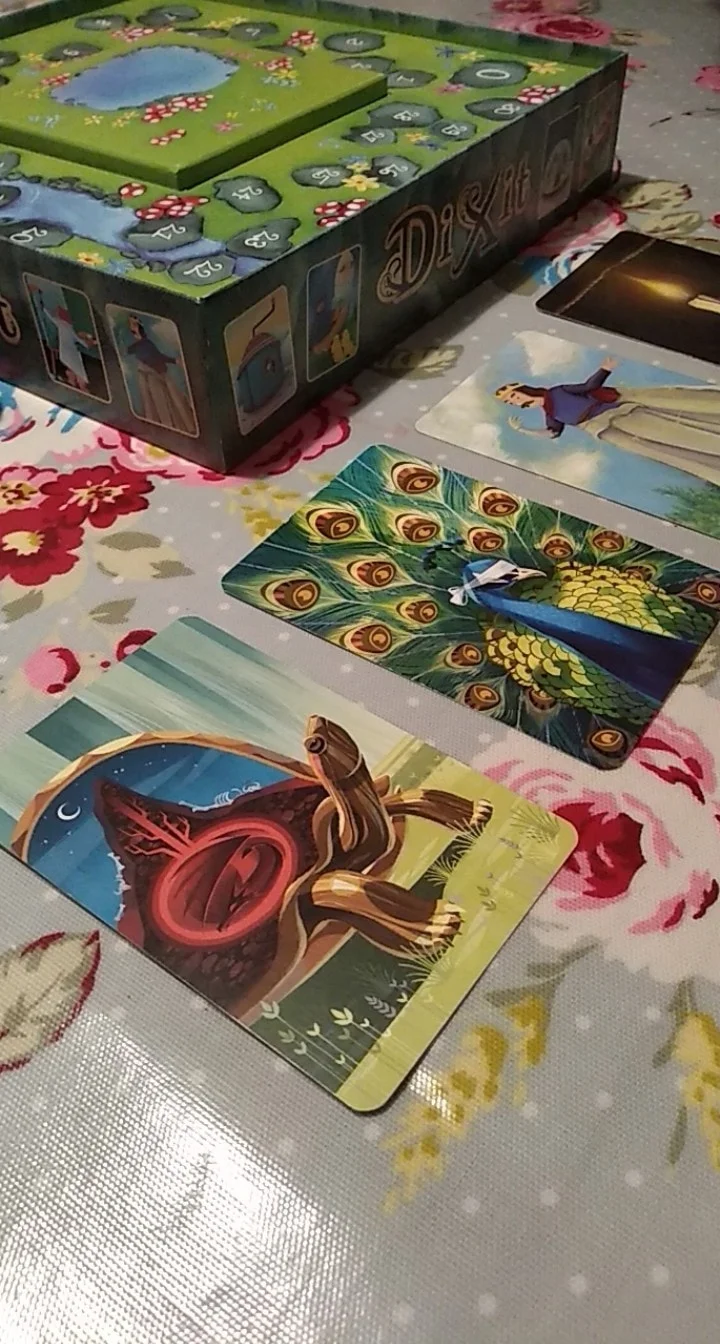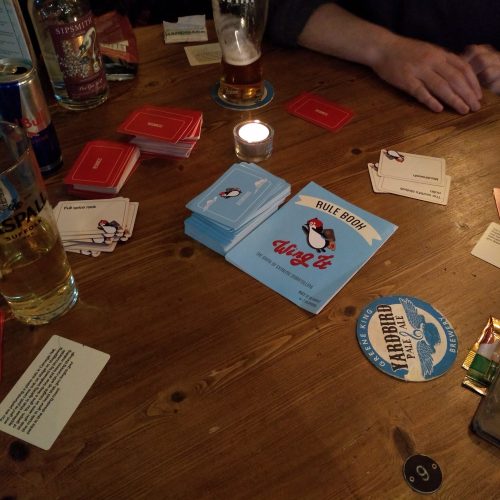
In the second workshop for Leeds Libraries I focussed on Life, Death and Other worlds. The purpose of the workshops is to inspire you to create your own game and enter it to the Games Jam at the end of the month. You don’t need to attend all of them. I thought I would share what we had got up to in case you missed it.
Just a reminder that your entry can be a board game or a video game and it can be in any state of completeness. Even if you just have the bare bones of an idea – get it entered. You never know what it might become. More details here
The Games Jam is inspired by the BBC list of 100 novels that shaped our world. You can see the ones that were chosen for this category in the list below.
Life, Death & Other Worlds
A Game of Thrones – George R. R. Martin
Astonishing the Gods – Ben Okri
Dune – Frank Herbert
Frankenstein – Mary Shelley
Gilead – Marilynne Robinson
The Chronicles of Narnia – C. S. Lewis
The Discworld Series – Terry Pratchett
The Earthsea Trilogy – Ursula K. Le Guin
The Road – Cormac McCarthy
The Sandman Series – Neil Gaiman

We started this session with a game of …and then we died by Emma Larkins. It is a really flexible game as it plays (to quote from the rules) 1-8ish. I love that ish on the end. It makes you want to go further – and so we did! We played with 17 people. One of the other interesting things about this game is that there is no win condition. It is a collaborative story telling game. I think most people approaching a game design would have in mind that for a game to be a game, there have to be ways of winning and losing but is this necessarily true?
The Oxford dictionary defines it as “an activity that you do to have fun, often one that has rules and that you can win or lose” But surely we don’t need to be limited by that. Fluxx messes about with our understanding of the role of rules in games. There is room for games that play with our ideas around winning and losing. To me as long as it fulfils the first part and is an activity that promises fun I am happy to count it as a game. I could be wrong of course (that can happen apparently) and it’s a point I’m interested to explore.
Anyway… back to the game. The story goes, we have all met an unfortunate ending and the only clues that tell the tale of our untimely demise are fragments of memories and the letters marked on the deck of tarot cards. Of course we had a group tarot reading before we went on our ill fated adventure and of course we disregarded any advice or warnings in the cards. We were those sort of people. We probably had one torch between us and we packed that with the words ‘I’m not sure how great these batteries are but it should be fine’.
Each player creates a word from the fragments and points at a player who must add a sentence to the story including that word. Together we piece together our story ending with the words …and then we died.
Because we were on zoom although each person made a word, we all wrote our own individual stories. We didn’t all know each other and when you are playing this with a group you would usually reach agreement on the tone or direction of the story. There is space with this game to play it however you want or need to. It can be serious, silly, irreverent, emotional – whatever the group decides. With a large group that discussion becomes more difficult and I would never want anyone to feel uncomfortable so we worked privately with the option of sharing at the end.
These were our words if you fancy a go…sold, rent, sat, star, Pam, run, rain, wall, dove, good, cull, rode, pig, lash, sack, fate, slash …and then we died!
We took a light and frivolous attitude to grammar and the inclusion of a proper noun. We were more interested in finding out exactly how and maybe why we’d died. Some things are more important than grammar. Not many but some.
Here are some of our examples. Remember these are written with the constraints of time, word choice and the fact we were most of us strangers. So do be kind. Also please revel in their brilliance, their creativity, their imagination.
This one is by Nicole Maddock.
A strange old man SOLD me a scruffy looking cat. I decided to RENT a car to take her home. The cat SAT on the front seat and looked at me grumpily. I could see she was not going to be a STAR pet. I named her PAM. When we got home, I opened the car door and she immediately began to RUN away. The heavens opened and RAIN came pouring down. I saw Pam leap over my neighbour’s WALL. A DOVE flew past and she chased it at full pelt. I gave chase, and was making GOOD progress. I feared that she would CULL every bird in town. Grabbing my bike, I RODE after her. Without warning, my neighbour’s pot-bellied PIG also gave chase. The rain continued to LASH down, as the pig and I chased Pam the dove-killer. Finally, I caught up with Pam and threw her in a SACK. The FATE of this cat was in my hands. I heard a tearing sound, and saw Pam’s claws begin to SLASH furiously through the sack, then into my flesh and the pig’s. And then we died.
Leeds Libraries wrote this.
Yesterday I SOLD my potato to the girl next door. They RENT a beautiful cottage. A mini is SAT in the driveway. She said she is going to do STAR potato printing. Her name is PAM and she is into astronomy. One day she is going to RUN to the moon. When it rains she will use the RAIN drops as steps. A WALL of stars will illuminate the way. A DOVE will greet her half way to teach her how to fly. It will take Pam a GOOD amount of time to reach the moon but she is determined. When she reaches the moon she will CULL the cheese. Pam RODE a rainbow back down to earth. A Flying PIG joins Pam. The pig loves an eye LASH extension and is the talk of the universe for its beauty. With a SACK of cheese they make their way to Leeds. What will be their FATE. SLASH from Guns and Roses plays a song and then we died.
This is Russel James’ story.
Sold all my carrots and paid my rent and then sat under a star with Pam before she went for a run in the rain. We climbed a wall and saw a dove it was generally all good until she decided to go on a cull, she rode a pig and gave it a good lash, she got the rest of them in the sack. I think it was fate that they got the slash. And then we all died.
Another lovely thing about this game, if you are thinking about your own design, is its thematic nature. It is easy to immerse yourself in the story with these beautiful tarot cards and the typewritten font of the clues.
We really enjoyed playing it and I loved hearing the stories. Feel free to get involved, use the words above to write a story and share it in the facebook group.

The next game we looked at was Assembly by Wren Games. This started life as a solo or two player game. You can play with 4 but that is more of an expansion. You are trapped on an orbital space platform that manufactures luxury space craft. A meteor hits – the whole crew is wiped out by a mysterious illness – you (and one other?) are immune and survive. You must finish making one of the luxury spacecrafts and get back to earth. The computer is programmed to stop you leaving and contain the infection. You play against the computer.
This was an interesting one to consider. It is one of my favourite games. I love the puzzly-ness of it. You can adapt and uplevel the difficulty of the game very easily which I think is a really good feature. I appreciated being able to play an easier first couple of games and then gradually step up the difficulty. I have now invested in the expansions – when I first played I never would have expected to need extra layers of difficulty!
The two player game can be played in silence, the game comes with some essential sign language. Or, you can just use one question each. Once you use key words the computer shuts down your communication to prevent your escape. I love that this carries on the theme and is another easy way to up the difficulty without changing the game you are playing.
Here we thought about our player numbers and designing a game with that in mind. It can be frustrating to buy games which claim to play say 2 to 4 but actually don’t work very well with 2 players. Or some games say 1 to 5 but actually the solo game is very much tacked on to the main game and doesn’t really work very well. It is important at the design stage to consider these questions and decisions. There is nothing wrong with limiting your audience. If you want a game that plays three and appeals to sci-fi fans then that is absolutely fine and actually may result in a better more tightly themed and focussed game.

The final game we looked at was Dixit. It plays 3 to 6. I think most people assume that games start at 2 and end at 4. Your game does not have to have those limits! It says it is suitable for ages 8+. In fact because it’s all about imagination children are often better and less inhibited in this game than adults. This has a 3 player lower limit as it uses a voting mechanic which won’t work with less than 3. It is best played with 4 or more actually so it gives us another opportunity to consider player numbers.
One player is nominated as the story teller each turn and they go first. They choose one of their cards to to say a sentence or word about. People play it in different ways – it can be a quote, a word, a lyric, a line from a film, a short sentence…. Everyone else then chooses a card from their hand to pass to the story teller who lays the cards out in a line. Everyone but the story teller then votes for one card that they think belongs to the story teller. You gain points by some people guessing which card is yours. But if everyone gets it you get 0 points and if no-one gets it you also score 0 points. So the key is to say something vague but not too vague. You also gain points for correct guesses and for people choosing your card if you are not the storyteller.
The game is different every time and it’s fascinating to me to play with people who you know less well. I absolutely love the vagaries and imagination of it but I know that it can be a very divisive game. It certainly is in our house. Some people hate the abstract nature of it. I guess one of the things to think about is that Dixit is a really big selling game and some people hate it! Not everybody has to love the game you design. You need to love it and then you can share that love and your vision with others who will love it too.
The voting mechanic is very popular especially in party games. Cards against Humanity is a game that also divides opinion. I for one, dislike it intensely. I know people will think me a killjoy but it is just offensive to me and it is one I will never have in my collection. I would like to take this opportunity to point you towards some fun and non-offensive alternatives.


Bucket of Doom 17+ and Wing It 12+ are played in a very similar way but are loads of daft fun. Wing It could be played with younger ones I suspect that the age guide is dues to the amount of reading you need to be able to do.
We had looked at art in Dixit and …and then we died and there are lots of places that you can get art inspiration and resources for your game design. Have a look at the Leeds Libraries FlickR for images that link with the novels and the categories for the Games Jam. A quick google search turned up loads of other material available online – the Met New York, MOMA New York, The Tate – these were just the top ones on my search.
As always we’ll end with some questions for you to mull over:
- How many people will you have playing your game?
- If you have a solo option – will the person play against the game or against themselves?
- Which other games have you played that use a voting mechanism?
- Is it useful for your game?
- How does it work here?
- Why is the art-work important?
- What did you like/ dislike about it?
- How can you use art to help tell a story in your game?
- What other factors were useful – like packaging / design ideas?
- Did you like the freedom and vagaries of …and then we died? Would a freer structure suit your game?
- Dixit is a fairly divisive game. People seem to love it or hate it. Start to think about the audience for your game. Who will love it?
- What else does your perfect player love?
This Thursday we will be focussing on Crime and Conflict with a close look at Mysterium, Colt Express, programming and asymmetry. Join us!
